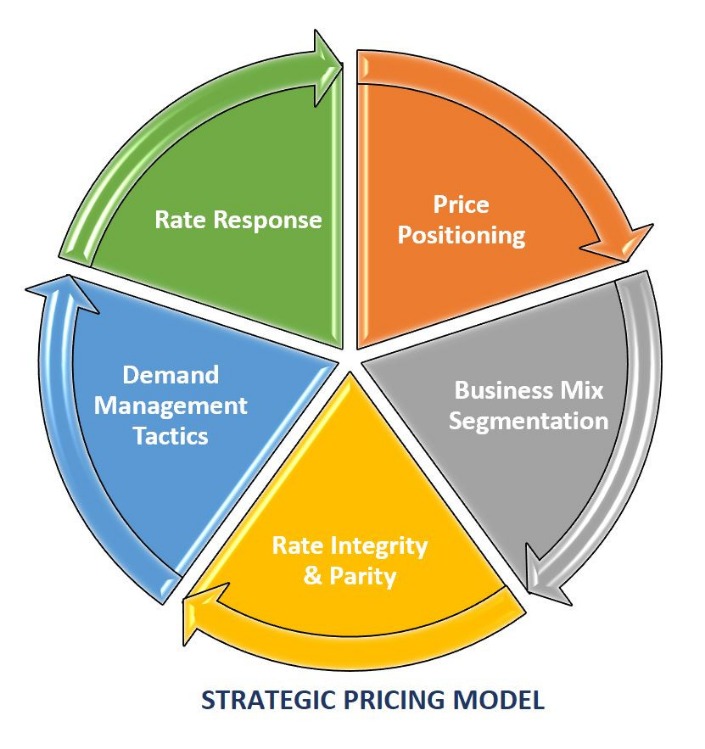You’ll need a collection of talented creative heads to build content that resonates with your brand, mission, and potential customers. When you identify your most profitable channels, you can double down on them as you start cutting costs from less lucrative routes.
They are excellent for showing business growth and progress, especially when aligned alongside other KPIs. As the need for corporate and enterprise devices grows, how organizations manage assets –… Ray Slater Berry is a freelance writer for Chameleon with over nine years of content marketing and social media experience. These two are holistic KPIs as to how your business is performing on the whole. They’re great KPIs for business growth and progress and are best when aligned along side other KPIs.
Because order management is based on the order information found inside contracts, the process is smooth and seamless when integrated with a contract lifecycle management (CLM) tool. Historically, order management has been managed in an enterprise resource planning (ERP) tool. Today it is migrating over to management within a CRM system or in a dedicated order management tool because of the importance of catching on-the-fly order changes and the need to tie into front-end tools like CLM. Revenue churn rate goes hand-in-hand with CCR unless you have flexible, monthly pricing plans.
See how employees at top companies are mastering in-demand skills
It’s advisable to develop a disciplined pricing strategy that anticipates the value a product or service creates for customers and sets targeted prices to capture it. Of course, you may decide to price against the competition, but the greatest value comes from prices that closely follow prevailing market conditions and demand. This allows you to optimize prices for different segments and minimize price changes to generate customer loyalty when done correctly. Once you understand your churn rate, you can start optimizing customer retention metrics. Plus, selling to a current customer is 60–70% more likely to be a success, as opposed to 5%–20% success rates with new customers.
Nine business challenges affecting revenue management systems
It’s often used by businesses that sell perishable goods (e.g., that have a set date by which they must be sold) or that have time-sensitive inventory (e.g., hotel rooms that must be filled nightly). The increase in data availability (click-stream data, mobile-phone location data, longitudinal purchase history, for example), combined with advancements in analytics such as machine learning, can yield previously inconceivable RGM insights. Companies can now understand shopper-level activities at particular retail outlets, identify microsegments within their consumer base, and zero in on granular profit pools in specific locations and channels. These capabilities can then allow CPGs to deliver tailored, dynamic, and continuous omnichannel RGM activities, such as store-level RGM strategies and promos that target specific microsegments. Once an order is created, the data within the contract must be sent to operations for fulfillment and provisioning. Fulfillment isn’t necessarily just packing something up and shipping it to a customer. Depending on the industry, fulfillment can be a very complex coordination of activities, including custom design and configuration, scheduling manufacturing processes, software provisioning, equipment installation, and scheduling of services teams.
The four key processes of revenue management
Read more about revenue management here.






